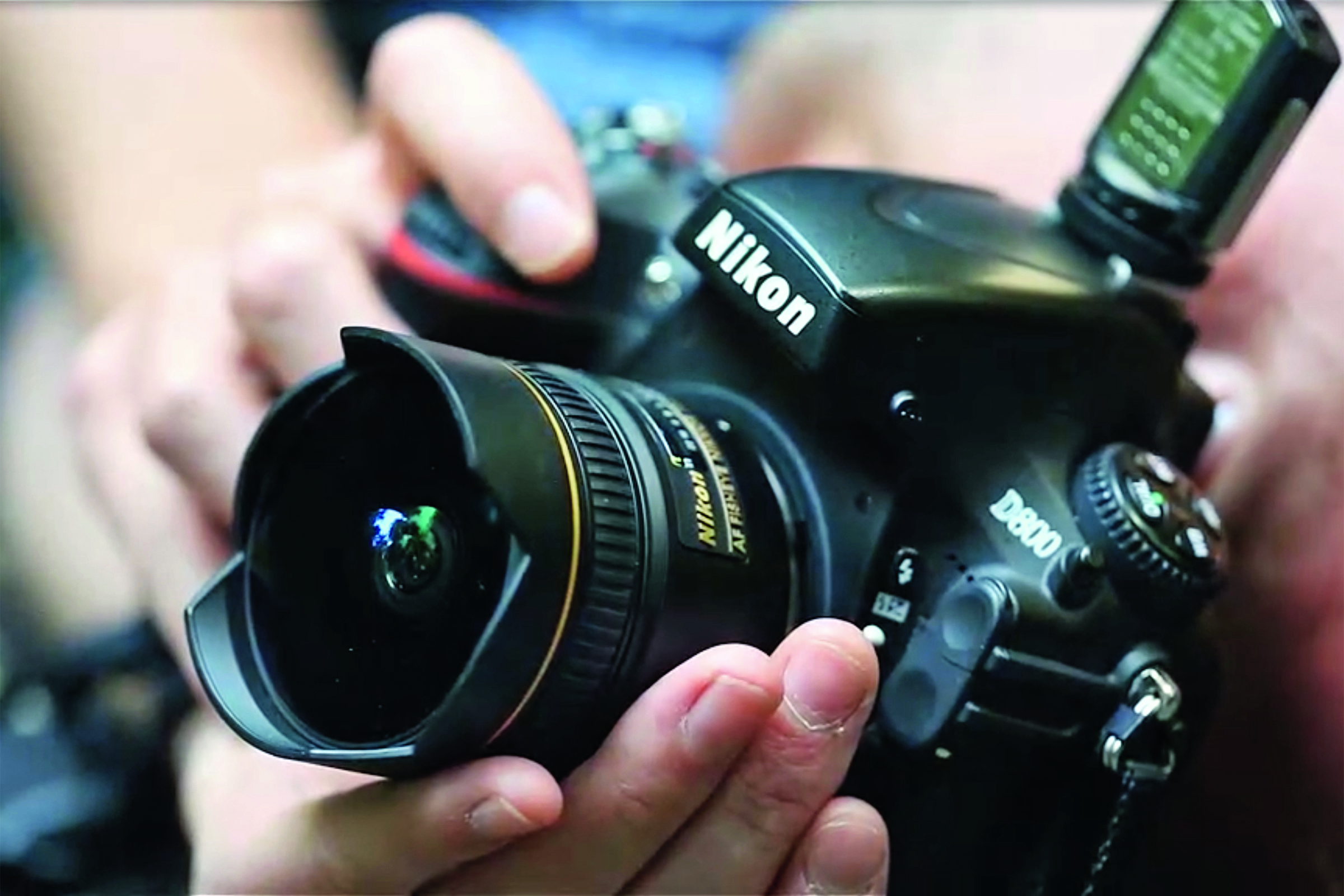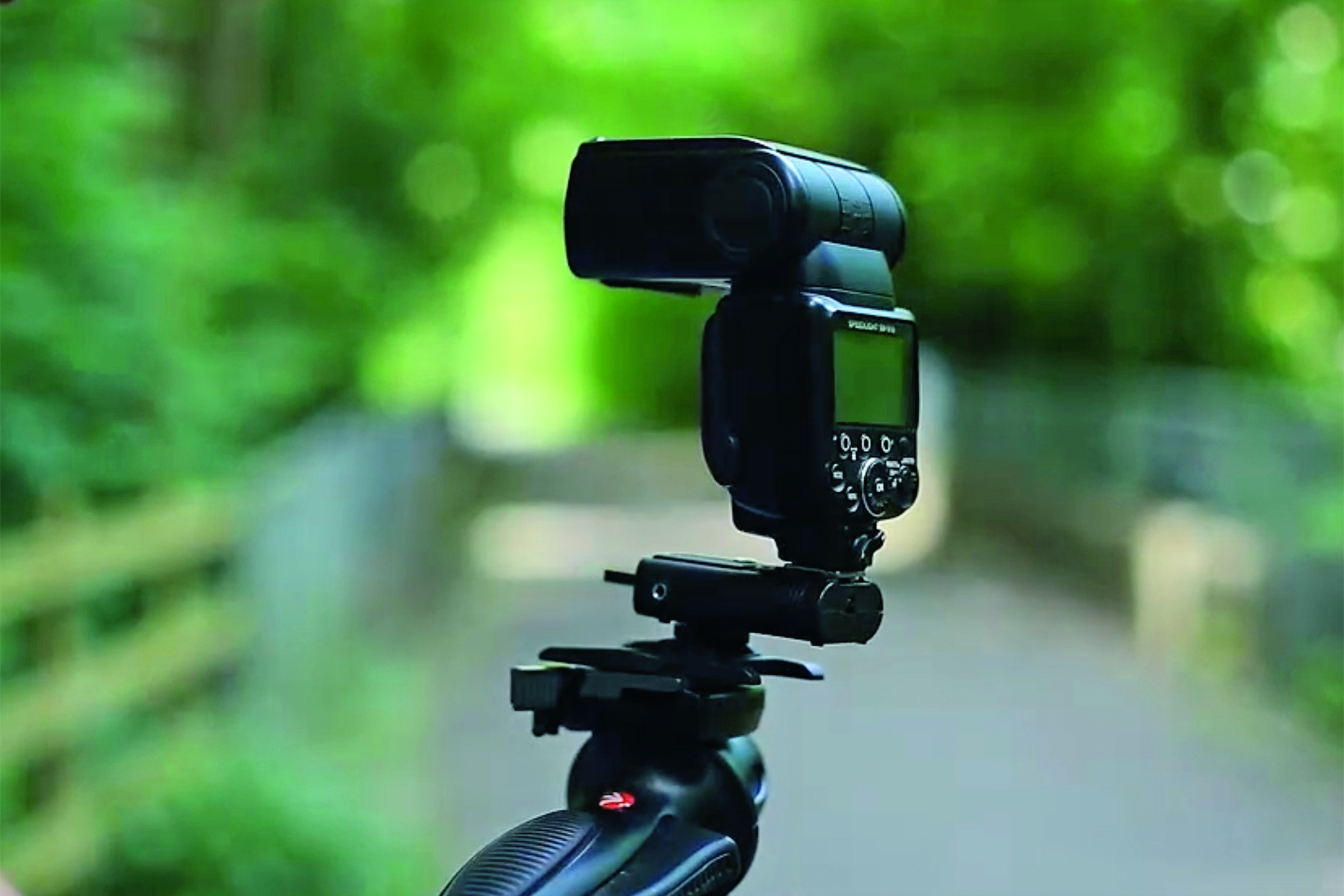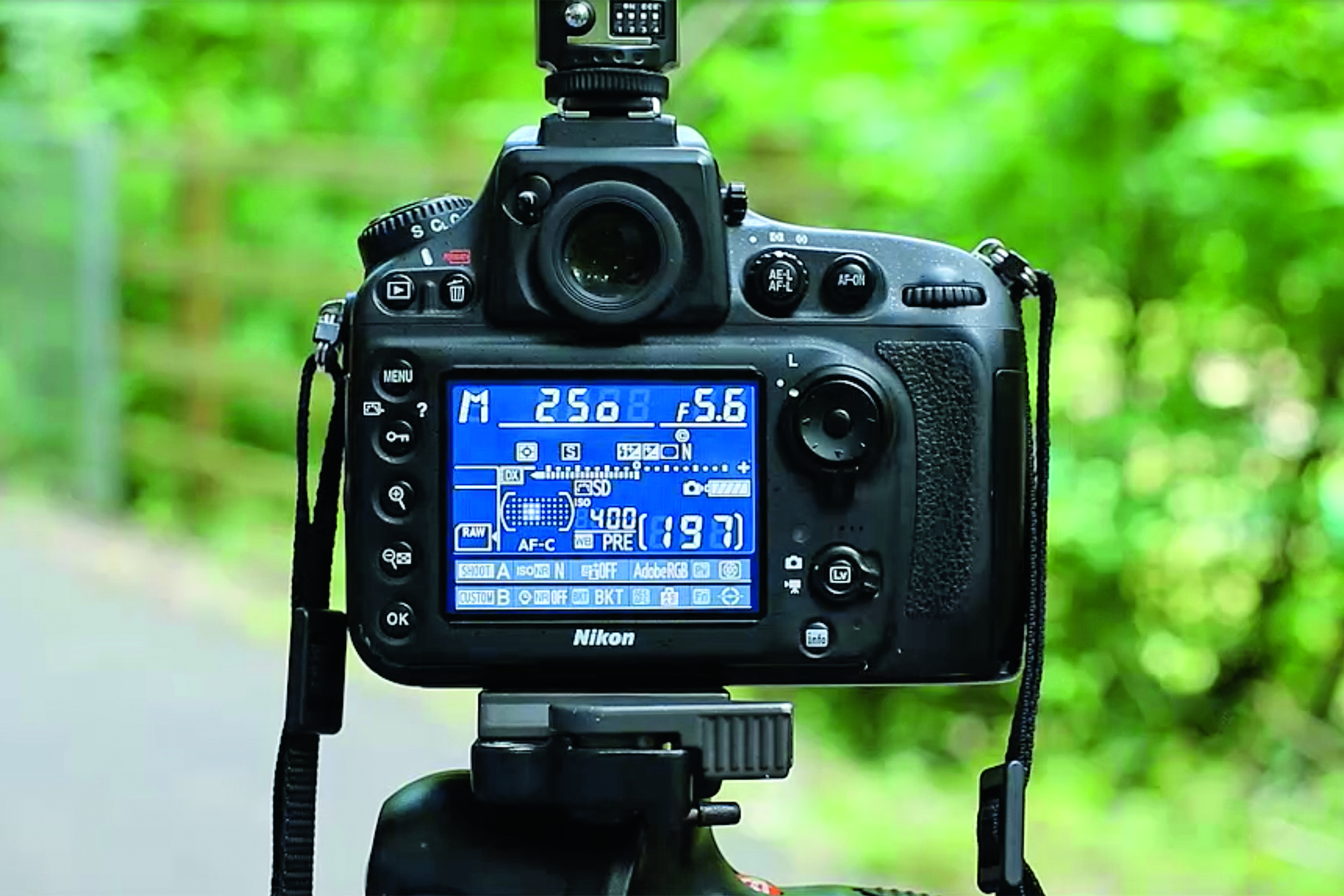
Manufacturers take great care to ensure lenses will produce minimal distortion, so that straight lines in a scene will be captured straight in the image. With fisheye lenses, however, they forego this approach.
To shoot a dynamic action shot with a fisheye lens and a flashgun
Time: 30 minutes
Skill level: Intermediate
Kit needed: DSLR, fisheye lens, flashgun, wireless trigger, tripod or light stand
The result is extreme distortion, with curvature that gets more pronounced the further things are from the centre of the frame.
The widest fisheyes can capture a 180-degree view, but these are the circular kind that produce a circular image surrounded by black. The diagonal fisheye lenses are less wide but produce a more practical rectangular image. The 10.5mm lens we used here gives a rectangular image and offers 180 degrees across the diagonals of the frame.
A fisheye is a specialist lens, and you wouldn’t want to use it every day, but it can give images a dynamic feel that’s ideal for certain subjects, like sports. It’s also the kind of look that will benefit from moody off-camera flash. Here’s how to get started.
Which type of fisheye lens do you need?
Broadly speaking there are two kinds of fisheye: those that produce a circular image surrounded by black, and those that give more image, but less field of view. The Nikon DX AF Fisheye-Nikkor 10.5mm f/2.8G ED used here is designed for crop-sensor cameras. A 16mm fisheye may be a better option if you use a full-frame camera. A good fisheye doesn’t come cheap, so it might be one to rent or borrow before you buy. If you’re on a tighter budget, there are also good third-party options, like the Sigma 10mm f/2.8 EX DC and Samyang 8mm f/3.5 UMC.
Step-by-step guide: On your bike

1. Find unusual angles
Find an unusual angle to make the most of the fisheye effect. For our shot, James lay down on the ground and composed it so that the path and rails are at the edges of the frame, where the curvature is most extreme.

2. Get in close
It’s best to use a fisheye lens really close to your subject. The minimum focusing distance on our 10.5mm is just 3cm, so we had to wait until the bike wheel passed a few inches from the lens before firing the shutter.

3. Light with flash
A flash set to Manual at ¼ power and fired by a wireless trigger lights the subject from the side. You can see the burst in the top-left corner of the image – a happy accident that shows the extreme angle of view.

Unwanted fisheye distortion is a cinch to correct in Lightroom – simply click ‘Enable Profile Corrections’ in the Lens Correction panel
4. Exposure information
When using off-camera flash, it’s usually best to put your camera in Manual mode. We set a shutter speed of 1/250sec and a sensitivity of ISO 400, and used that as our starting point. As the apparent depth of field with fisheyes is huge, even an aperture of f/5.6 gives near front-to-back sharpness.
Key skills: When to pull out the fisheye

1. Curvy architecture
Fisheyes can come in handy for architectural shots, especially for scenes where the curvature adds something extra to the composition. It is possible to correct the distortion with software like Photoshop, but we think the distortion is part of the charm.

2. Funny portraits
A fisheye is a lens to pull out of the kitbag if you want to try a funny portrait or pet photo. Framing the head in close to the lens will give you an unusual, distorted angle of the subject. It’s also great if you like to shoot video with your camera, as you can go for extreme angles.
Read more: 8 bizarre lenses you can use with DSLRs and mirrorless cameras
Get the Digital Camera World Newsletter
The best camera deals, reviews, product advice, and unmissable photography news, direct to your inbox!
N-Photo: The Nikon Magazine is a monthly publication that's entirely dedicated to Nikon users. As a 100% independent magazine, you can be assured of unbiased opinion from a trustworthy team of devoted photography experts including editor Adam Waring and Deputy Editor Mike Harris.
Aimed at all users, from camera newcomers to working pros, every issue is packed with practical, Nikon-specific advice for taking better photos, in-depth reviews of Nikon-compatible gear, and inspiring projects and exciting video lessons for mastering camera, lens and Photoshop techniques.
Written by Nikon users for Nikon users, N-Photo is your one-stop shop for everything to do with cameras, lenses, tripods, bags, tips, tricks and techniques to get the most out of your photography.

